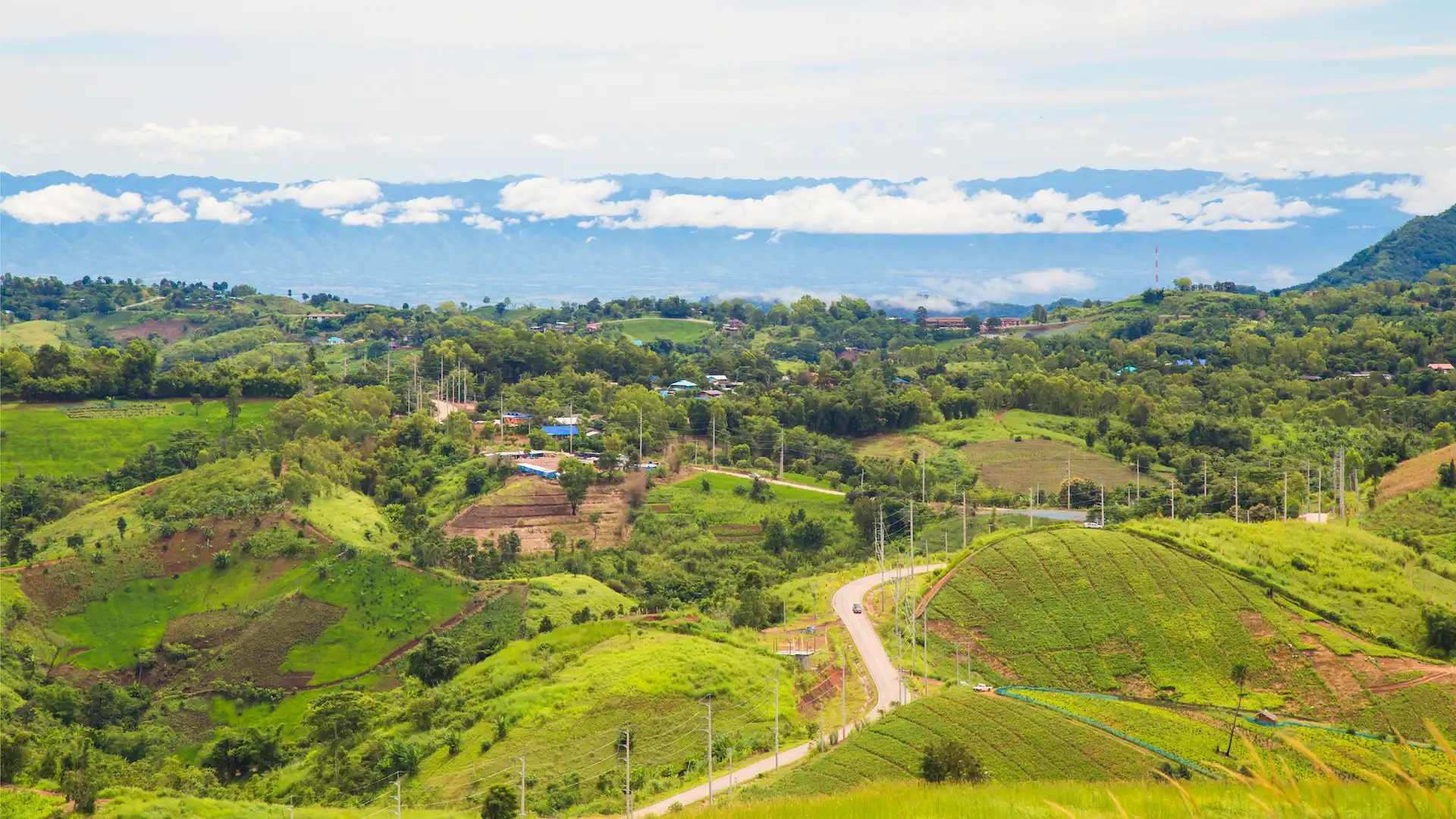Tokelau
Tokelau, with a population of only around 1500 people living on three Pacific coral atolls, is one of the smallest and most remote nations in the world, located approximately 500 kilometers north of Samoa. It is connected to the outside world once every two weeks by a one-day boat trip that carries up to 90 people and departs from the port of Apia in Samoa. Tokelau is a dependent territory of New Zealand, which subsidizes the economy, and Queen Elizabeth II is the head of state. An elected executive council works through a General Fono approval system or parliament comprised of representatives of the Taupulega (Village Council of Elders), Fatupaepae (Women’s Group), and Aumaga I Taulealea (Men’s Group).1
The three Tokelau coral atolls are located between latitudes 8 and 10 degrees south and 171 and 173 degrees west. Atafu atoll, in the north, has a surface area of 3.5 square kilometers; Nukunonu, the central atoll, is 4.7 square kilometers; and Fakaofo, in the south, is 4 square kilometers. From Atafu in the north to Fakaofo in the south, Tokelau extends for less than 200 kilometers. The atolls are only 3-5 meters above sea level providing challenges from climate change and rising sea levels.2
Europeans visited Tokelau while searching for the Bounty mutineers, who in 1790 had settled on the larger volcanic Pitcairn Islands around 5000 kilometers to the east of Tokelau. In 1845, Catholic and protestant missionaries visited the Tokelauan islands and the today the major religion is the Congregational Christian Church. The badge of Tokelau states “Tokelau for God,” reflecting the Christian influence of these missionaries. Tokelauan is the main language followed by English and Samoan. Each of the three islands has a school, a small hospital, and uses 100% renewable energy. Around 30% of the population was born in Samoa or New Zealand and have family links to these countries.
A part of the South Pacific Division of the Seventh-day Adventist Church, Tokelau is within the administrative area of the Samoa-Tokelau Mission in the Trans Pacific Union Mission.3 The Adventist Church is endeavoring to establish a presence in Tokelau. In 2015, a small team visited Tokelau under the auspices of It Is Written Oceania to explore the needs of the inhabitants. The mission initiative was funded by Global Mission and had the cooperation of the Samoa-Tokelau Mission and the South Pacific Division Health Ministries Department. Some local people have asked for assistance from the Seventh-day Adventist church, especially with the provision of health education programs.4
A key to the success of the plans is a Tokelauan by birth, Upulilo Melemele, who previously lived in Australia, but was appointed to spearhead a permanent Adventist presence in Tokelau. His work centered on Fakaofo Atoll where the Council of Elders has agreed to have a Hope Channel reception tower installed.5 This enterprise is a work in progress.6
Sources
Butler, Matthew and Candice Jaques. “Church to Help Tokelau.” Record, July 2, 2011.
Kingston, Kent. “Fakaofo Welcomes Hope Channel.” Adventist Record, June 6, 2015.
Melemele, Upulilo. “Walk with Jesus.” Adventist Record, December 20, 2014.
Seventh-day Adventist Yearbooks. Hagerstown, Md.: Review and Herald Publishing Association. Years 1984-2014.
“Tokelau: A True Small Island Developing State.” Accessed August 15, 2018. https://www.tokelau.org.nz/About+Us.html
Notes
- “Tokelau: A True Small Island Developing State,” accessed August 15, 2018, https://www.tokelau.org.nz/About+Us.html↩
- Ibid.↩
- “Samoa Mission,” Seventh-day Adventist Yearbook (Hagerstown, Md..: Review and Herald Publishing Association, 1985), 63.↩
- Matthew Butler and Candice Jaques, “Church to Help Tokelau,” Record, July 2, 2011, 9.↩
- Upulilo Melmele, “Walk with Jesus,” Adventist Record, December 20, 2014, 10.↩
- Wayne Boehm, email message to Milton Hook, August 8, 2018.↩

